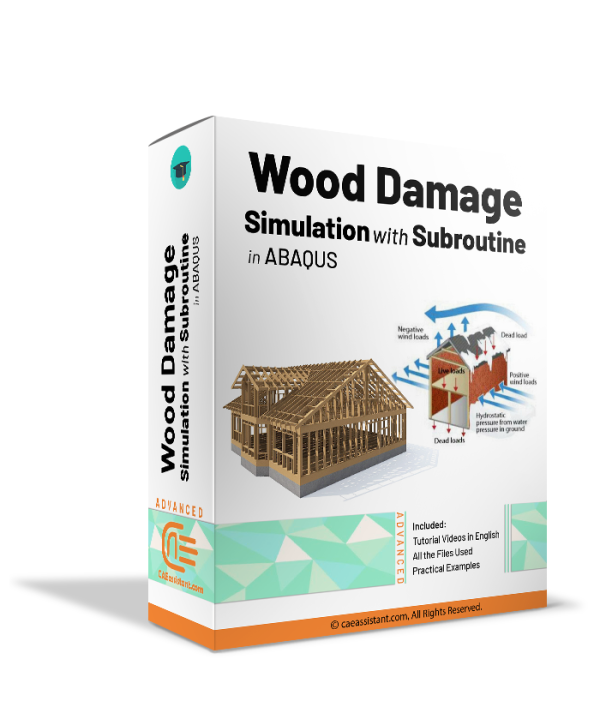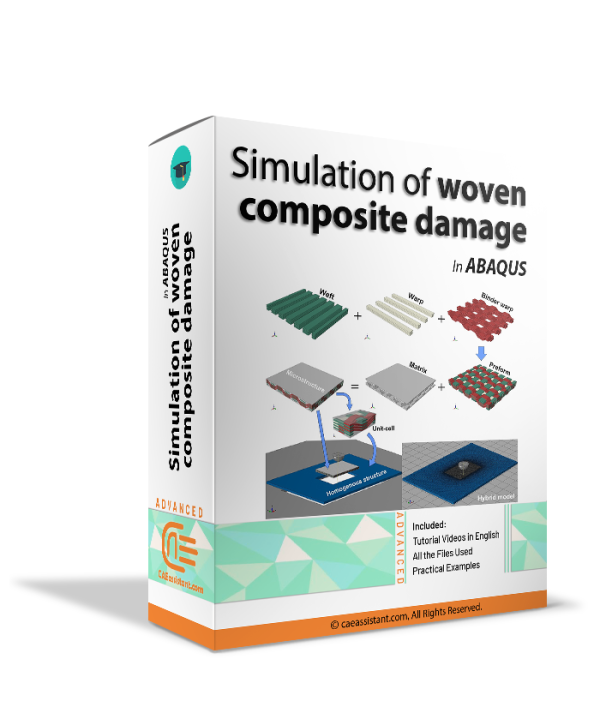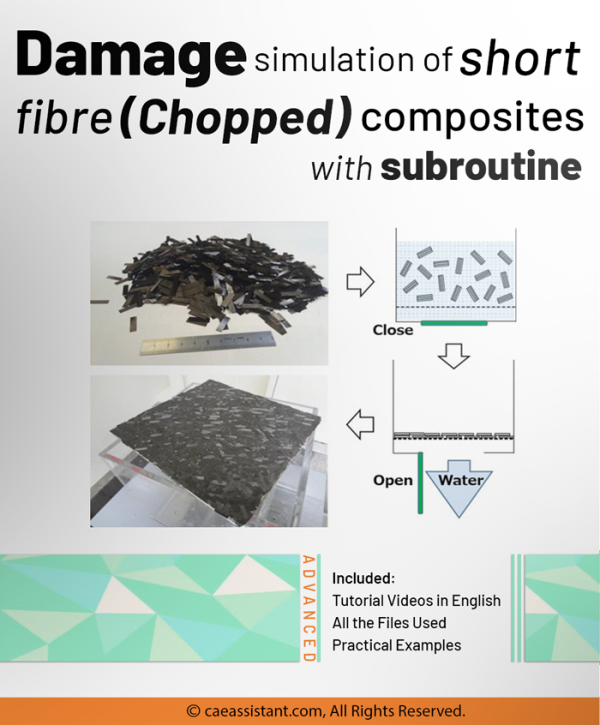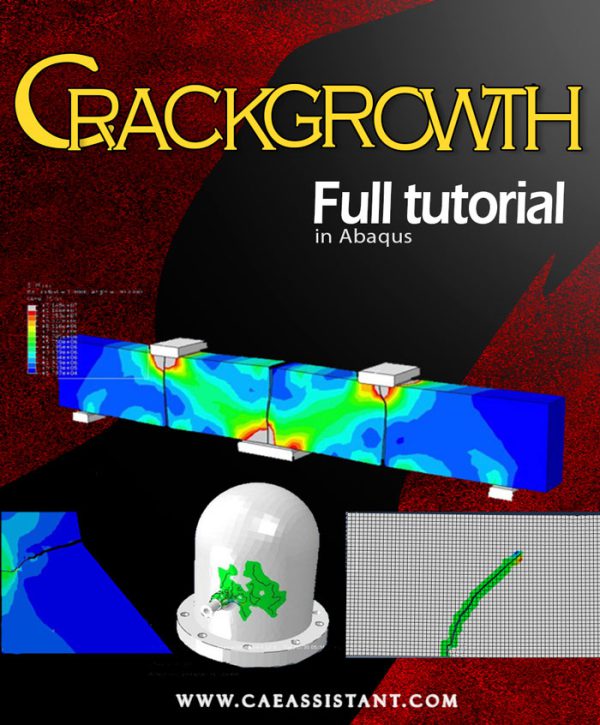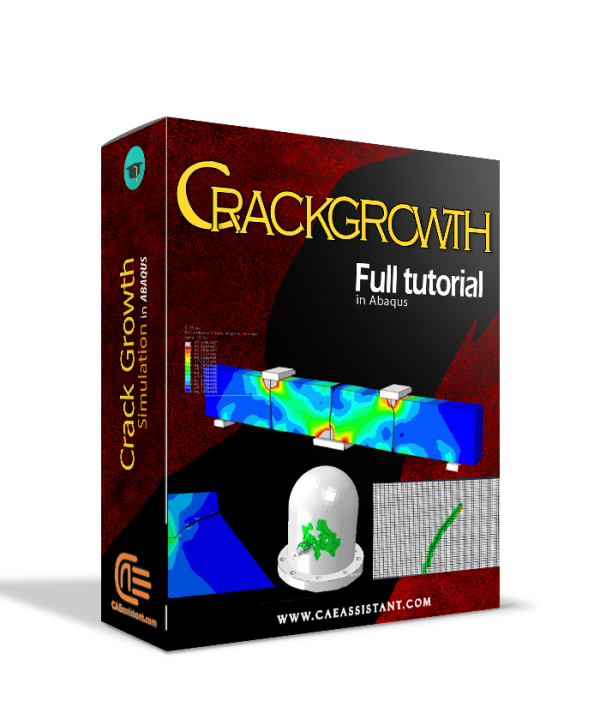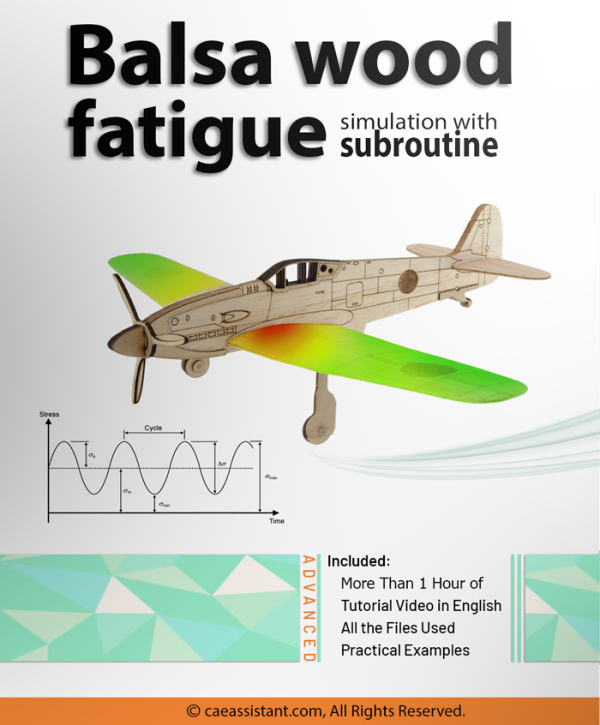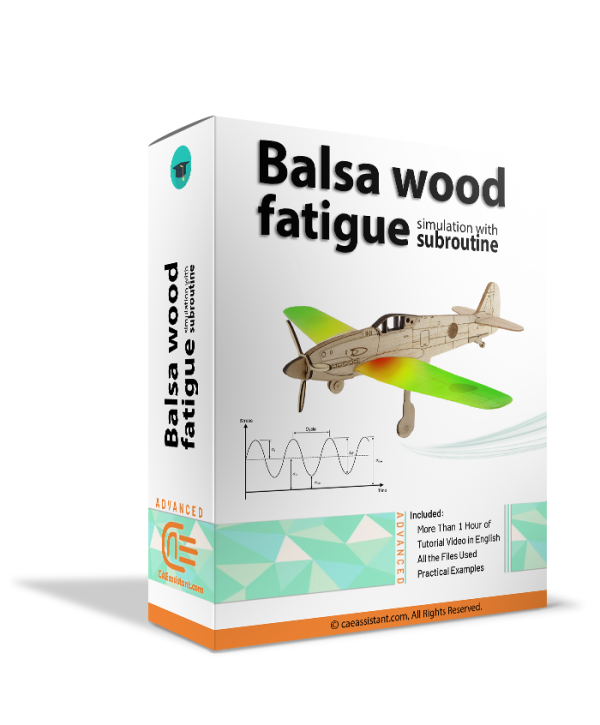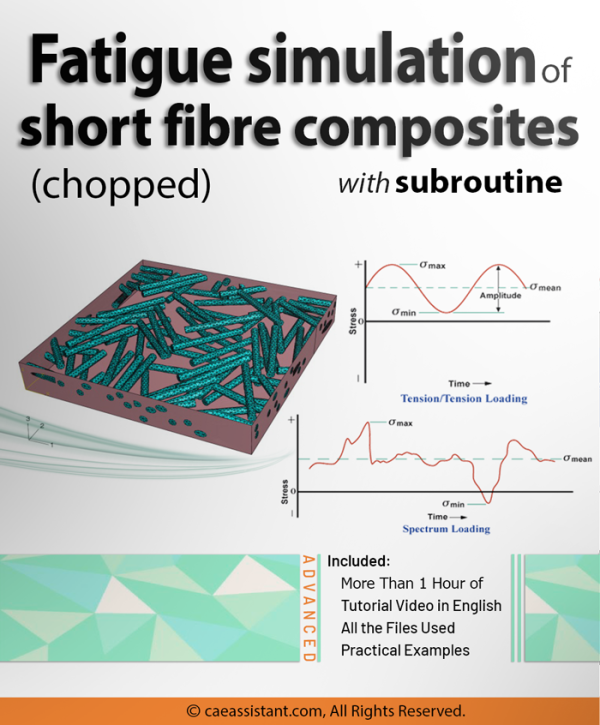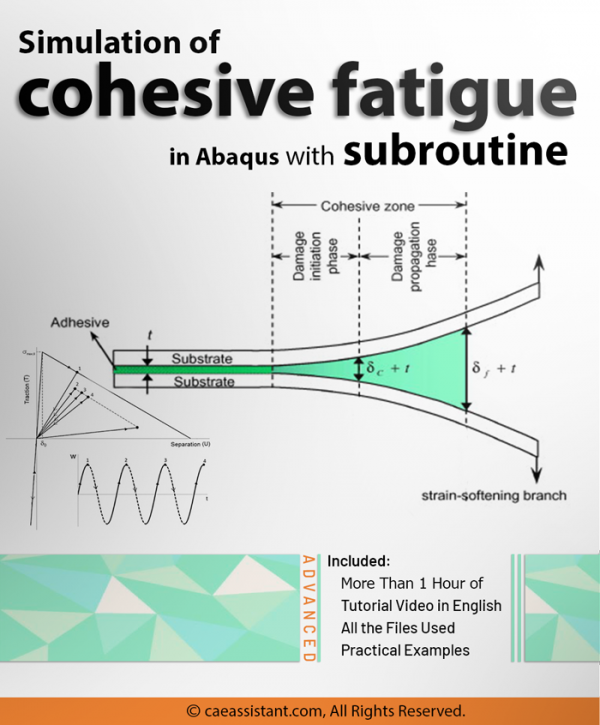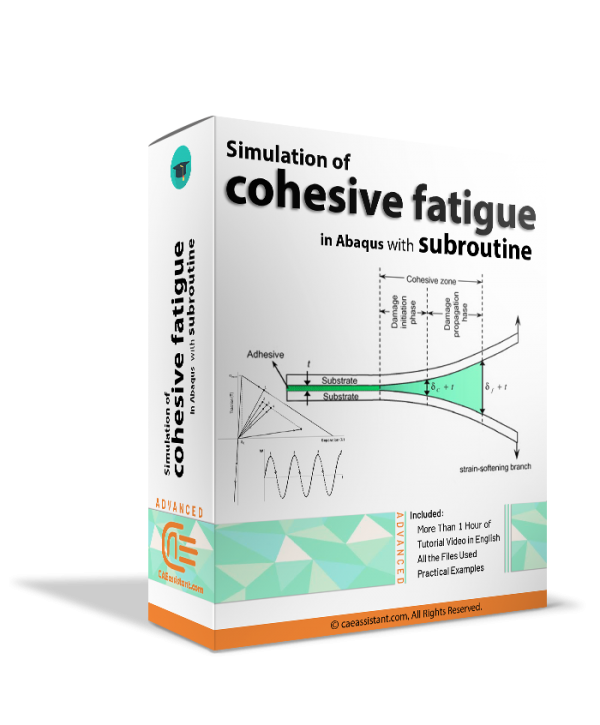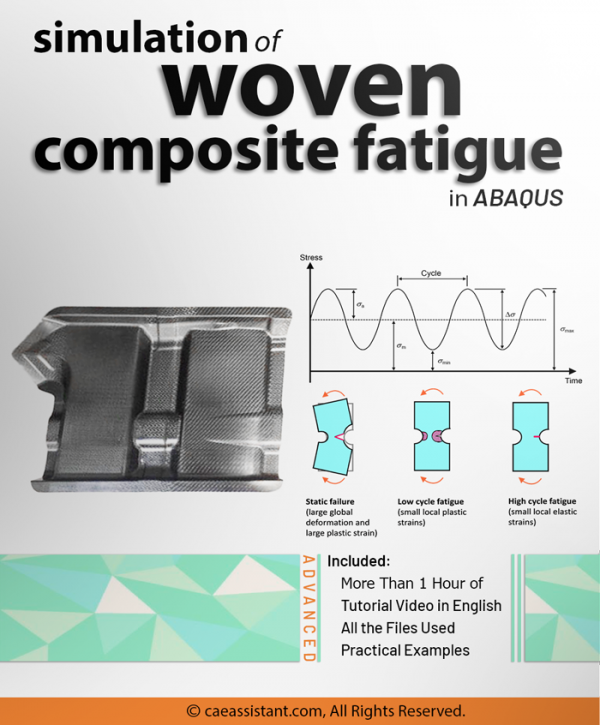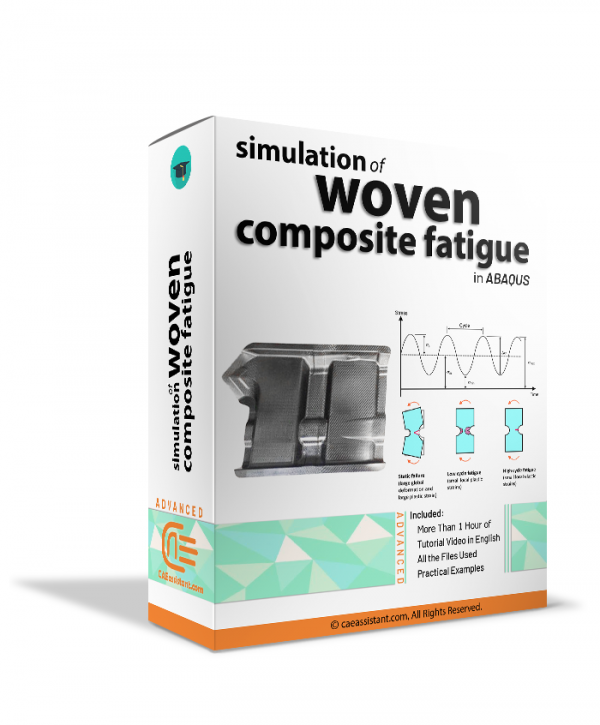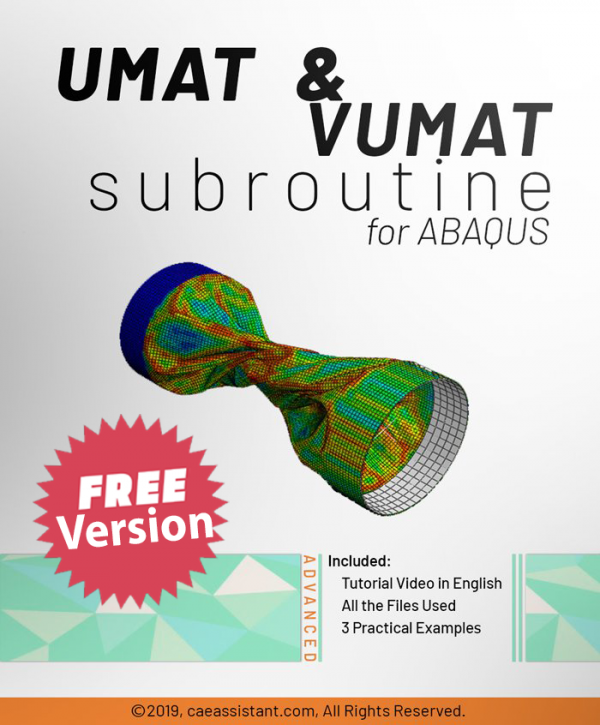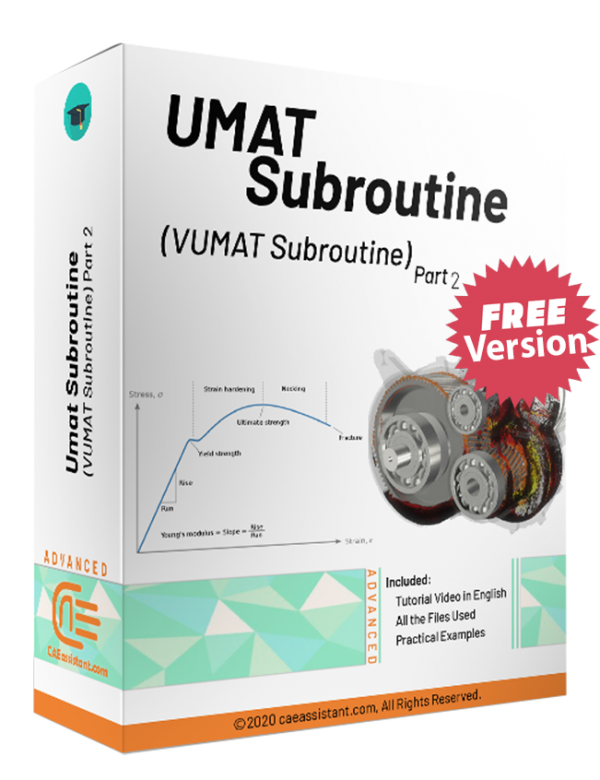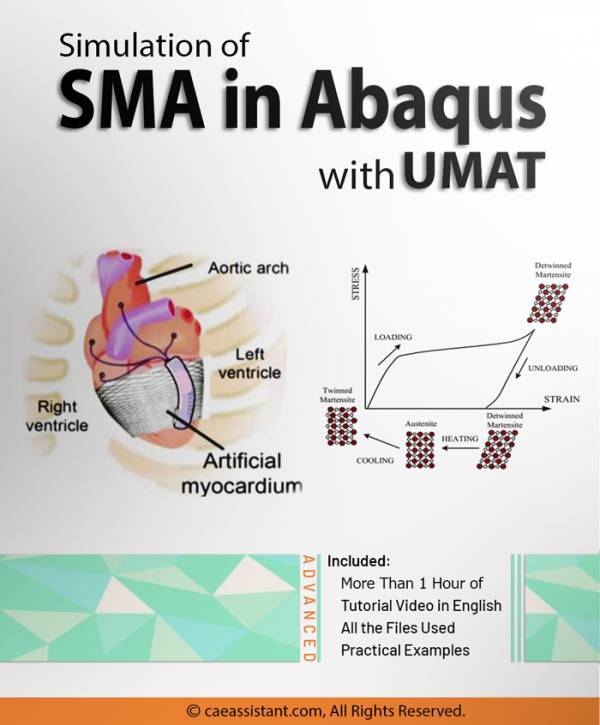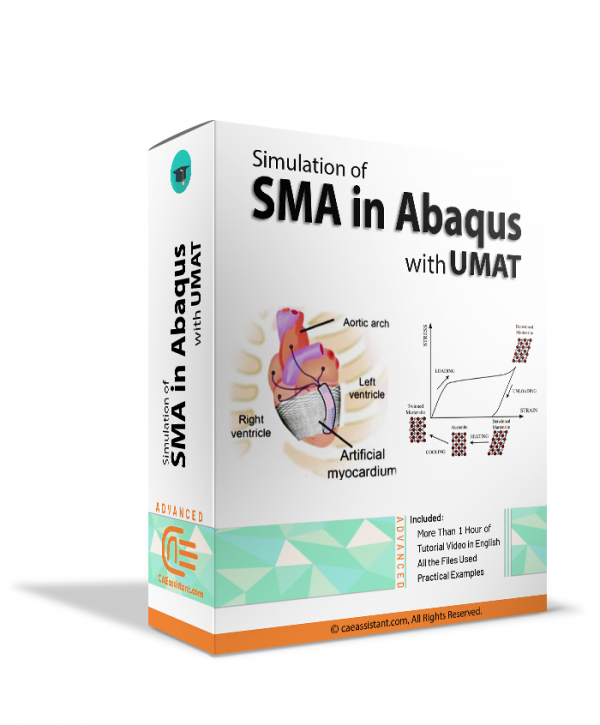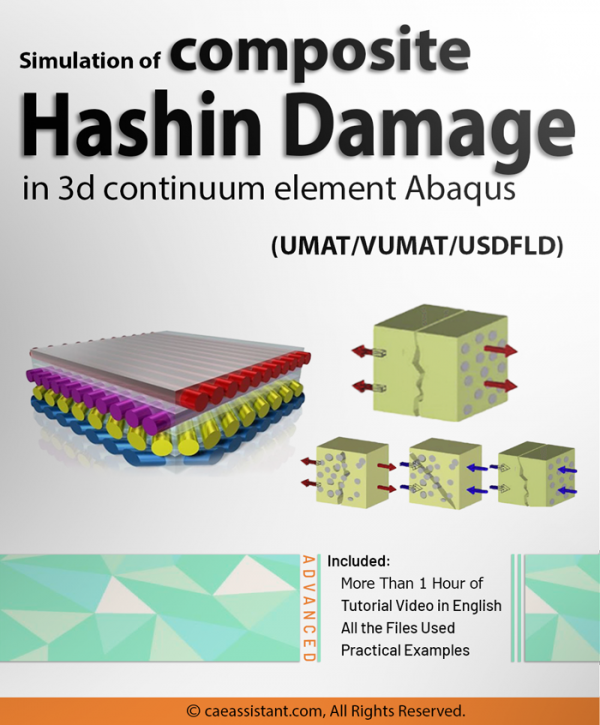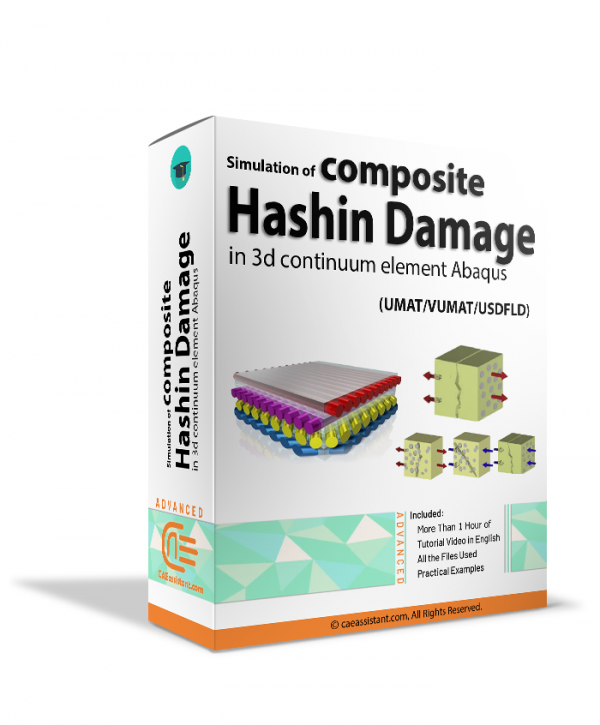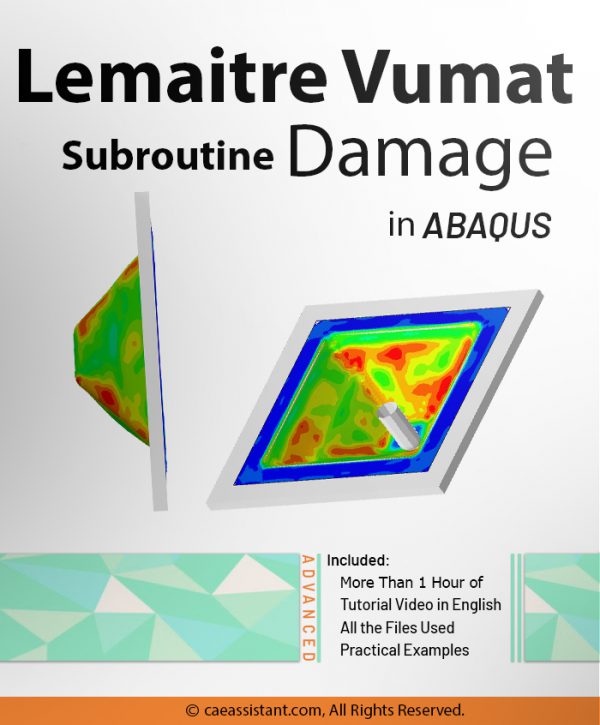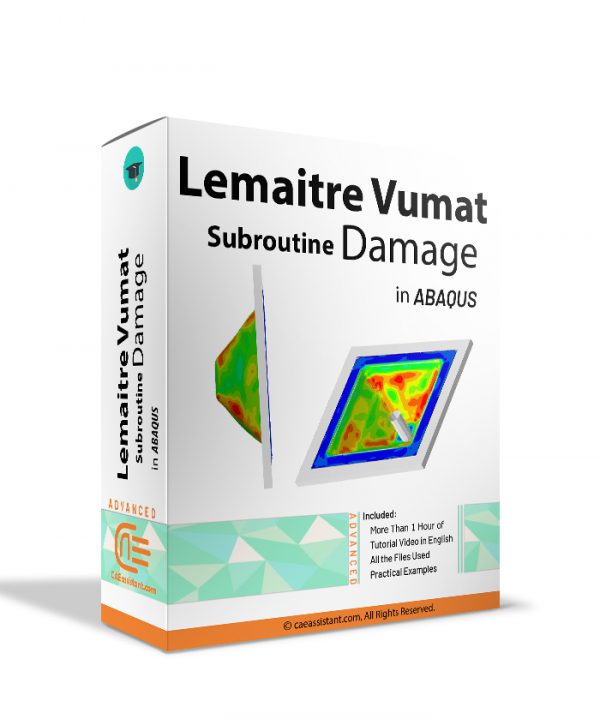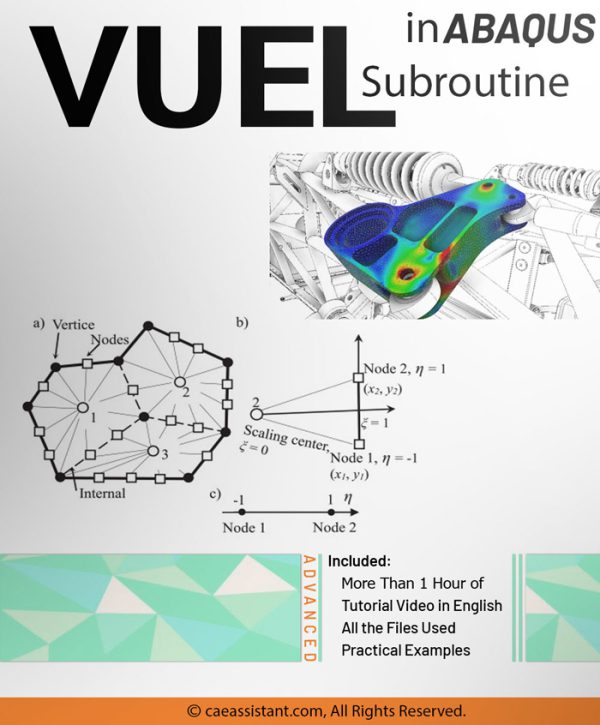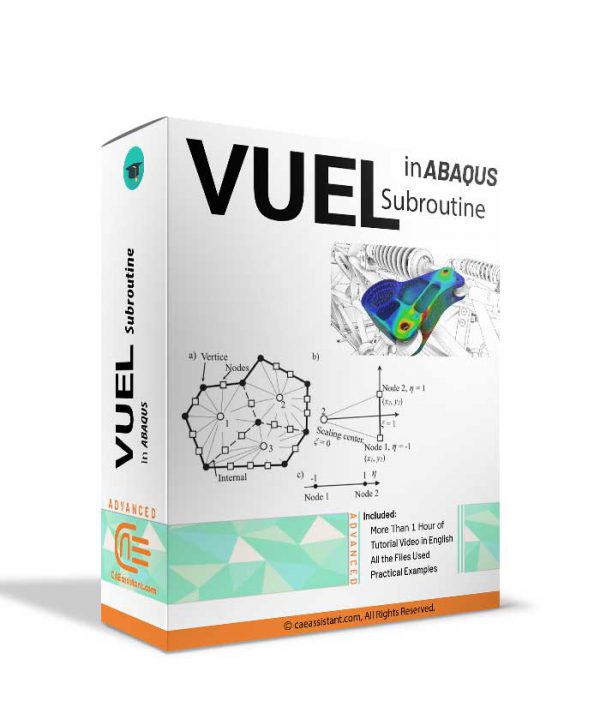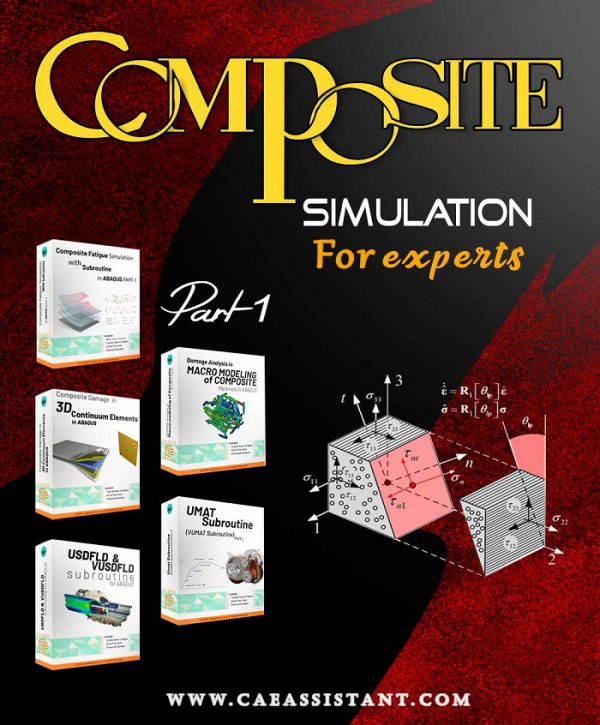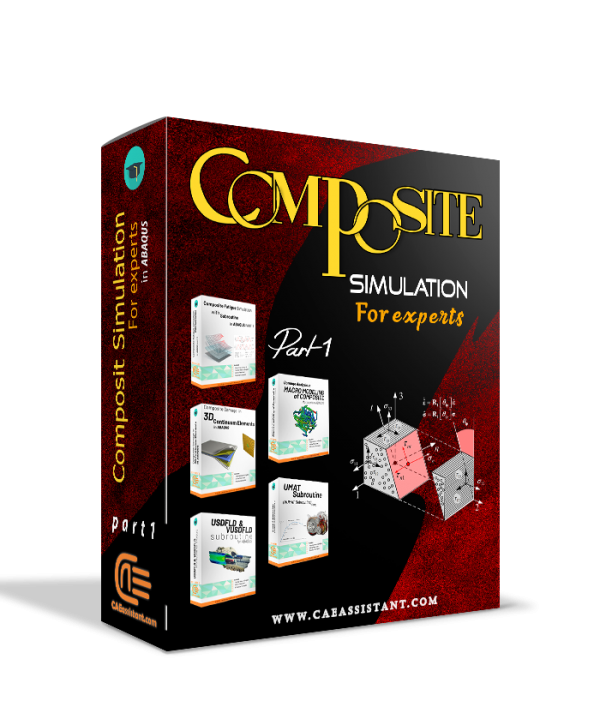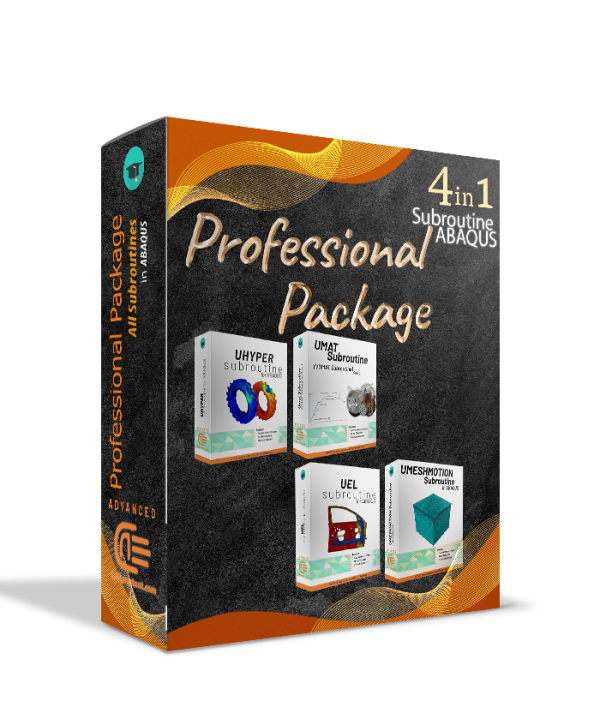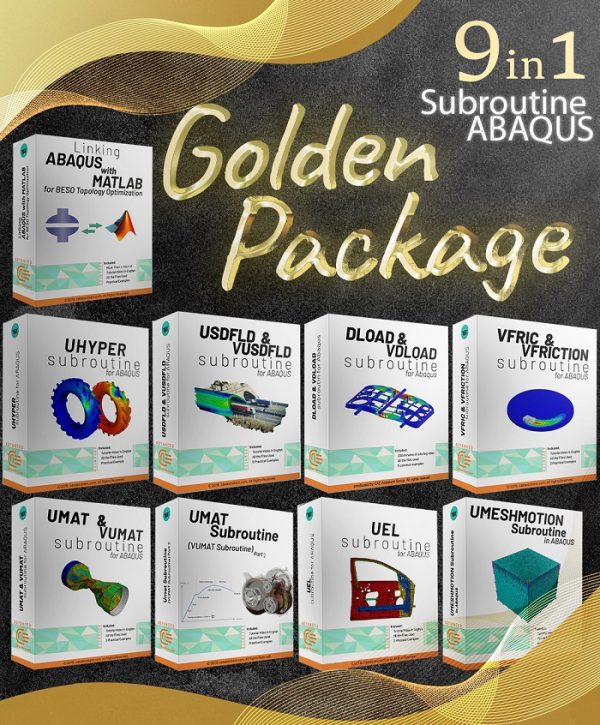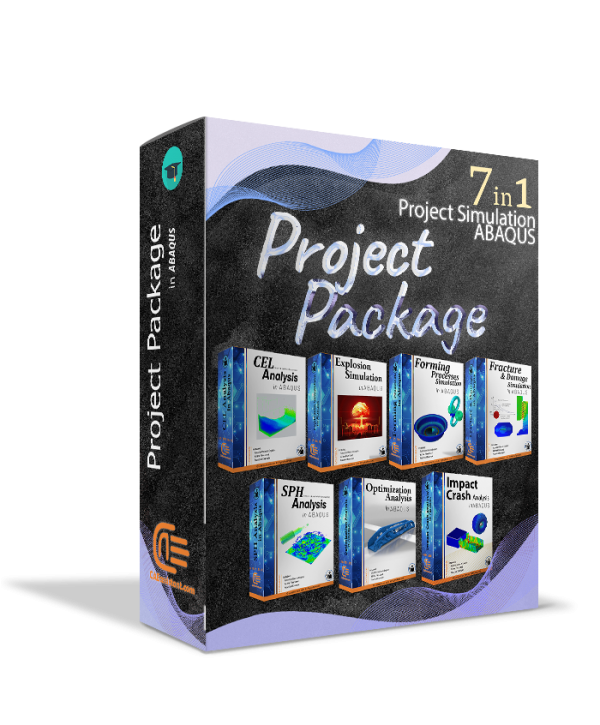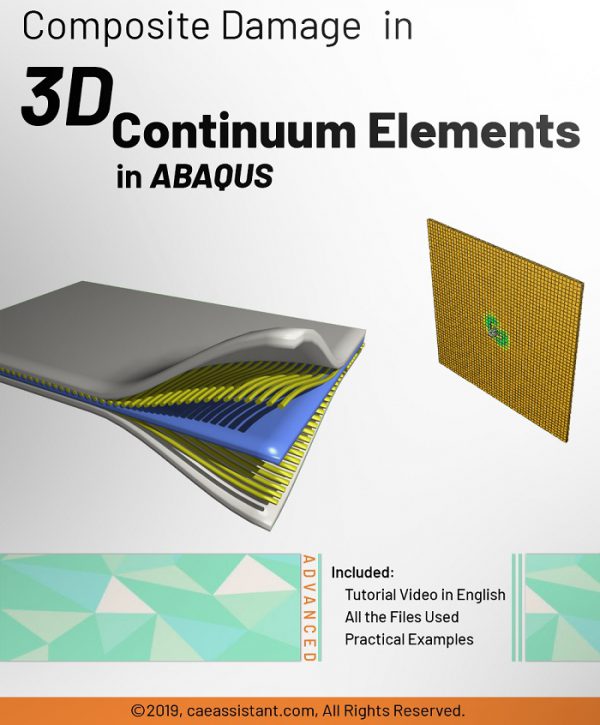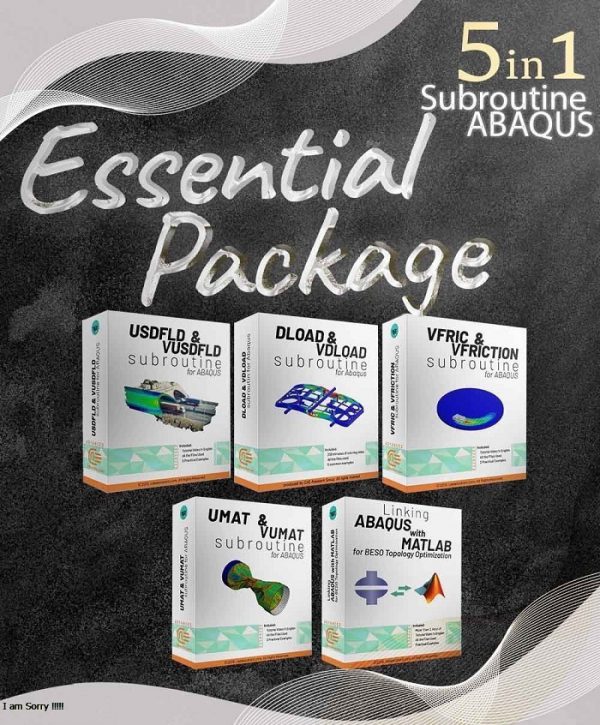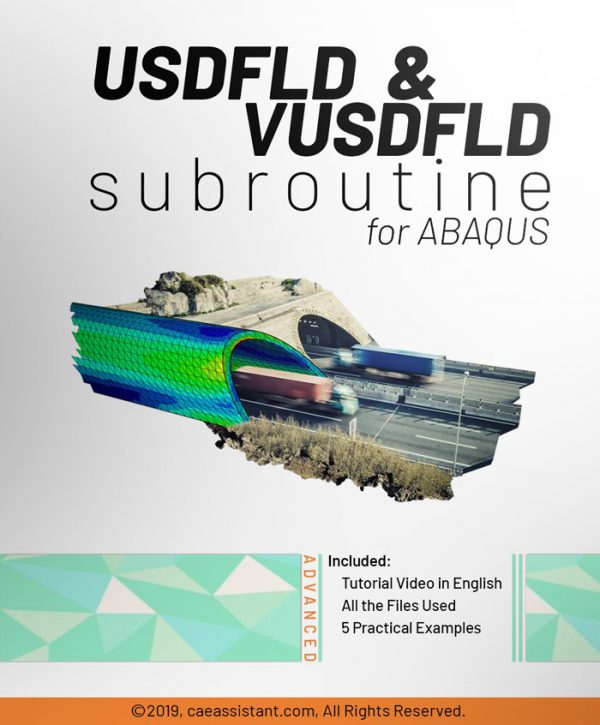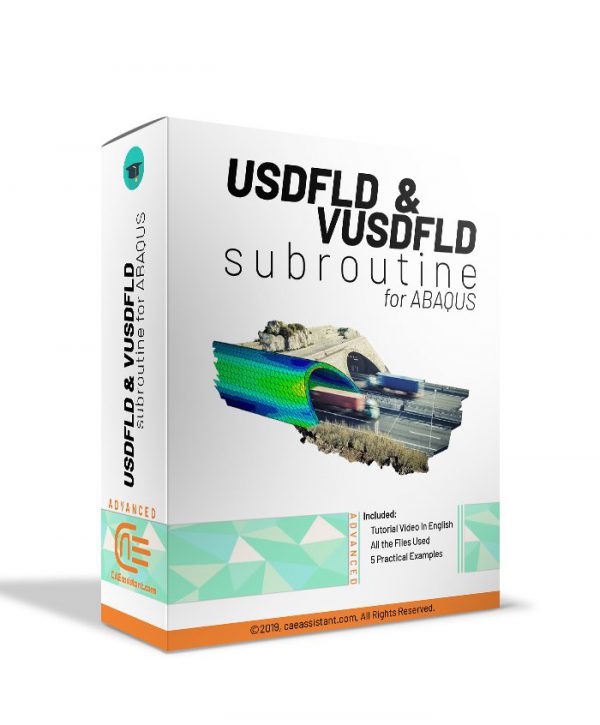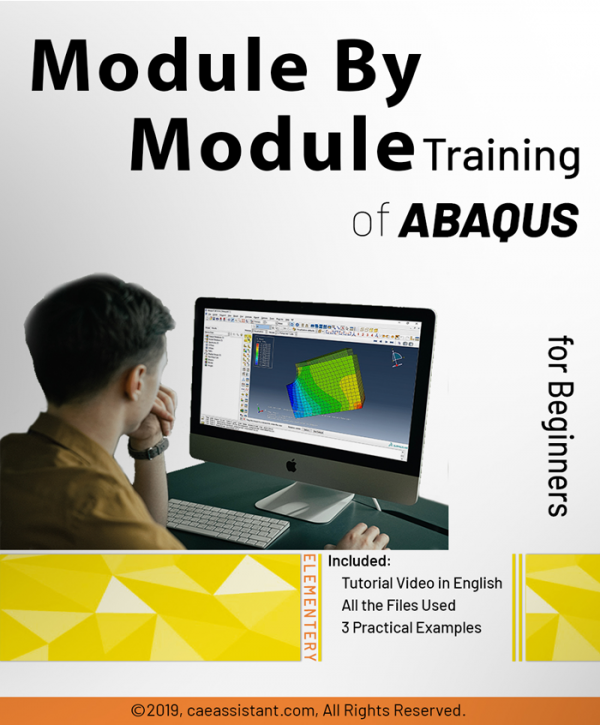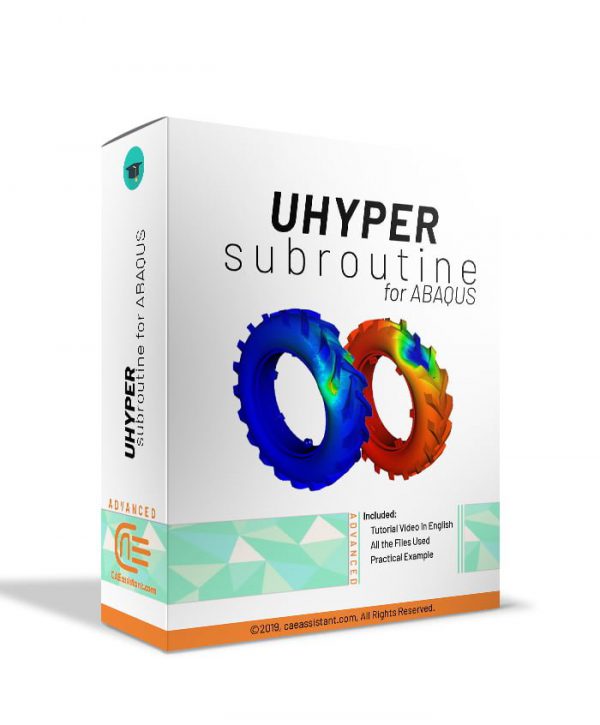Subroutine
Wood damage simulation with Abaqus subroutine | Wood damage FEM
Simulation of woven composite damage in Abaqus
Damage simulation of short fibre composites with subroutine
Abaqus Crack Growth Full Tutorial
Balsa wood fatigue simulation with Abaqus subroutine
Fatigue damage simulation of short fibre composites with subroutine
Simulation of cohesive fatigue in Abaqus with subroutine
Simulation of woven composite fatigue in Abaqus
UMAT Subroutine (VUMAT Subroutine) in ABAQUS-Free Version- UMAT Abaqus example
"UMAT Subroutine (VUMAT Subroutine) introduction" is used when the material model is not available in ABAQUS software. If you follow this tutorial package, including standard and explicit solver, you will have the ability to write, debug and verify your subroutine based on customized material to use this in complex structures. These lectures are the introduction to writing advanced UMAT and VUMAT subroutines in hyperelastic Martials, Composites, and Metal, and so on. Watch Demo
"Advanced UMAT Subroutine (VUMAT Subroutine)" training package helps Abaqus users to prepare complex UMAT and VUMAT subroutines. This training package is suitable for those who are familiar with subroutine or want to learn UMAT/VUMAT subroutine Professionally. Equations for computational plasticity based on kinematic stiffness are also discussed. In addition, metal damage has been implemented based on Johnson Cook's model. Watch DemoSimulation of SMA in Abaqus with UMAT
Simulation of composite Hashin damage in 3d continuum element in Abaqus (UMAT-VUMAT-USDFLD)
Lemaitre Damage model implementation with VUMAT Abaqus
Academic or Business Membership
Payment Yearly
Why should you choose this Membership?
Introduction to VUEL Subroutine in ABAQUS
Composite simulation for experts-Part-1
Professional Package
Golden Package
ABAQUS Projects Package
3D continuum Abaqus HASHIN progressive Damage for composite materials (VUMAT Subroutine)
Essential Package
Introduction to USDFLD and VUSDFLD Subroutine
In this usable tutorial, the material properties can change to an arbitrary dependent variable. One of the most important advantages of this subroutine is simplicity and applicability. Various and high usage examples are unique characteristics of the training package.
This training package includes 5 workshops that help you to fully learn how to use USDFLD and VUSDFLD subroutines in Abaqus software. By means of these subroutines, you will have expertise redefine field variables at a material point by the solution dependence of standard and explicit, respectively.
